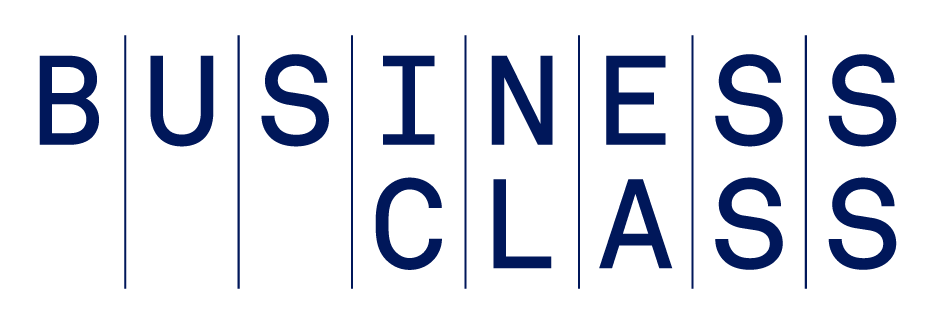The idea of using sales tactics in everyday life can feel manipulative and uncomfortable—and rightly so. No one wants to feel like the proverbial snake oil salesman who’d happily mislead customers to win the business.
The art of persuasion, however, doesn’t have to include lies and underhanded tactics. In truth, it’s important to understand the science and psychology of persuasion in everyday life to ensure we not only communicate effectively, but with honesty and integrity.
With “do no harm” as a guiding principle, here are nine tips to help you learn to sell anything, whether it’s a product or simply a restaurant recommendation.
1. View each sales approach as an experiment.
Take a cue from the scientists. Scientists can improve the outcomes of future experiments by carefully considering the findings of past ones. When considering how to improve your sales, the same principle applies: Carefully examining your sales approaches can help you discard what doesn't work and replace it with more effective techniques.
So be sure to analyze sales activities that aren’t producing results. For example:
- Do you waste precious time responding to complex requests for proposals (RFPs) that you know have little chance of success?
- What's your return on investment (ROI) on cold calling?
- Have you analyzed how much time you spend talking on sales calls versus listening?
2. Increase your selling self-awareness.
Our personalities influence how we approach others. For example, an extrovert may be comfortable with face-to-face meetings that cover a wide range of big-picture topics, while an introvert may prefer a more in-depth discussion with fewer topics. While both approaches have merit, learning how to sell requires reading the room. Carefully observe and listen to your client to gauge their approach. Then, adapt your selling style to the circumstances. This agility honors your client’s needs, boosting your chance of reaching them.
3. Introduce “changeups” in your sales presentations.
Being mindful of the audience’s attention span can be one of the keys to figuring out how to sell anything to anybody. To maintain their attention, introduce a “changeup.” In baseball, a changeup is a way for pitchers to surprise hitters by throwing the ball with low velocity when the batter expects a much faster pitch.
In presentation parlance, a changeup refers to any unexpected divergence from typical presentation patterns. Examples include asking the audience questions, posing rhetorical questions, conducting demonstrations, sharing relevant anecdotes, or incorporating a quick workshop. Structuring your presentation in a way that will maintain the audience’s attention can help improve the likelihood of sales success.
4. Repeat, repeat, repeat to sell, sell, sell.
Don’t expect clients to remember everything you say. People trust an idea more after it's been repeated several times, a phenomenon long-known as the illusory truth effect.
So, to get better at selling, use repetition:
- Introduce an important point at the beginning of your sales talk.
- Explain it in depth in the middle.
- Reinforce it again at the conclusion.
5. Update your sales strategy.
When it comes to responding to sale messages, buyers nowadays tend to be sophisticated and require a nuanced sales approach. Author and sales consultant Victor Antonio says this shift in sales strategy is like going from “old-school” to “new-school” selling. While the traditional approach focuses on selling features and benefits of a product, customers today are more likely to respond to messages about the advantages you offer over your competitors.
Being mindful of the audience’s attention span can be one of the keys to figuring out how to sell anything to anybody. To maintain their attention, introduce a “changeup.
These advantages could include the physical or technical properties of your product, but it’s also smart to tap into the financial advantages. Antonio lists three key questions customers want answered: Will your product increase revenue, reduce costs, or increase market share?
6. Go beyond expectation in everything you do, selling or otherwise.
According to psychologist, author, and speaker Wayne Dyer, “It's never crowded along the extra mile.” Even before a sale is completed, it’s important to go well beyond expectations to provide value to clients. And if you’re able to secure the sale, continue with your dogged commitment to exceeding clients’ needs. After all, as business author Dan Pink writes, “There are massive returns to doggedness.” An unexpected bonus: That doggedness might also turn clients into friends.
And even if you don't get the sale, there are still benefits to going the extra mile. In addition to the personal satisfaction that comes with it, you’re likely to leave a trail of goodwill that can strengthen your reputation and build trust.
7. Get better at selling by learning the art of persuasion.
The best product in the world will likely still fail to sell without a persuasive sales approach. If you set your mind to learning as much as you can about the art and science of persuasion, however, you'll have a distinct advantage over others in your space. Remember: persuasion isn’t manipulation – provided it’s done with integrity.
8. Understand – and mitigate – people’s fears.
A client’s fear is often an emotional response that can act as a barrier to making a sale. In many cases, a client’s reputation depends on a successful outcome. Developing the empathy to understand these fears helps you address and allay them.
For example, a human resources professional might fear that if your training program isn’t well-received, it’ll damage their credibility with colleagues. Knowing this, consider how you can put their mind at rest. Perhaps you can provide concrete evidence of past successful programs at companies similar to your client.
9. Don't be needy – it won’t help you sell.
Neediness, manifested as a constant contact with a potential client, is an emotional advertisement to others that displays insecurity about your product. Not only will clients likely sense it immediately, but lack of self-awareness can also result in myriad behaviors that hinder the sales process. For example, if you pitch too hard without realizing it, you may find yourself trying to sell well after clients have sent clear signals they’re not interested. Anxiety about the inability to make progress may also well up, compounding the problem if you decide to make even more contact with the client or lower prices below market value in effort to close a deal.
Instead of being pushy, give prospects the space to make their decisions. Do all you can to communicate the advantages of your product, but respect the prospect’s choices even if they’re not in your favor. Learning to read your prospect's cues is one of the keys to how to get better at selling.
The Bottom Line
According to Ron Willingham, the late author and CEO of Integrity Systems, a training and development company, “Integrity selling is doing something for people rather than to them.” While the sales process is ultimately a commercial transaction, it's also a human encounter. Treating prospects and clients with care, respect, and integrity is perhaps the ultimate sales tool of all.
A version of this article was originally published on June 13, 2012.
Photo: Getty Images







